
BY XAVIER CORTADA (SGEM World Science Austria, Feb. 24, 2021)
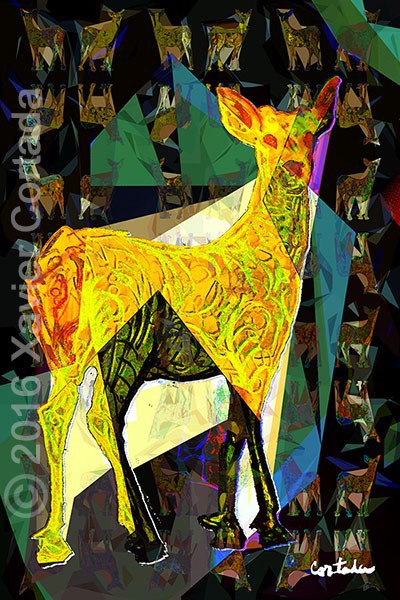
Key Deer, picture by Xavier Cortada
Florida’s 200th anniversary
On February 22, 1821, the Adams–Onís Treaty was signed, formally transferring Florida from Spain to the United States.
Three centuries earlier, Spanish conquistadores landed on our peninsula, claiming it for Spain and naming it La Florida – from flor, the Spanish word for flower. That 1513 encounter initiated a series of actions that, in recent years, has forever changed our state and its ecosystems.
To commemorate this year’s 200th anniversary, Cortada is continuing his ongoing project Florida is… Nature, which encourages participants to depict Florida’s natural beauty as they find better ways to coexist with nature.
Florida is…
Primarily green with blue water, white sandy beaches, swamps, scrub, and hardwood hammocks. However, we must face the fact that Florida is not what Florida was.
We’ve drained the Everglades, dredged beaches, paved roads and planted monocultures where there was once wilderness. We’ve redistributed waterways, poisoned rivers, and infiltrated aquifers with salt water. We’ve watched politicians rise to power and deny the human impacts on the largest threat we now face: global climate change and sea level rise.
Through “Florida is… Nature,” Xavier Cortada asks Floridians to define their state by its natural environment, not by the edifices and man-made encroachments that have displaced nature.
ENGAGED PUBLIC ART: FLORIDA IS… NATURE
“Florida is… Nature” was commissioned as public art pieces to hang at three Florida Turnpike plazas: West Palm Beach, Ft. Drum, and Turkey Lake. Its reach expands beyond these three commission sites as an ongoing participatory art project encouraging state-wide audiences to care for Florida’s ecosystems.
FLORIDA IS… WILDFLOWERS

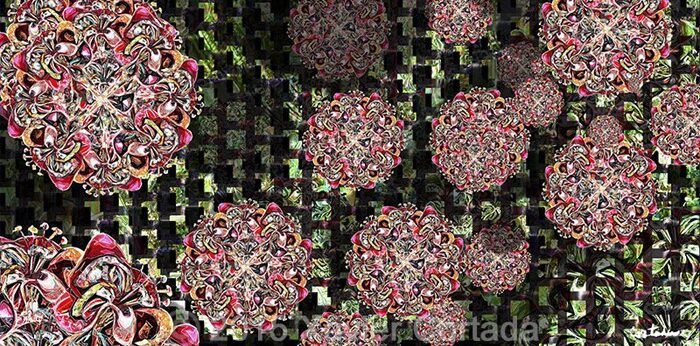
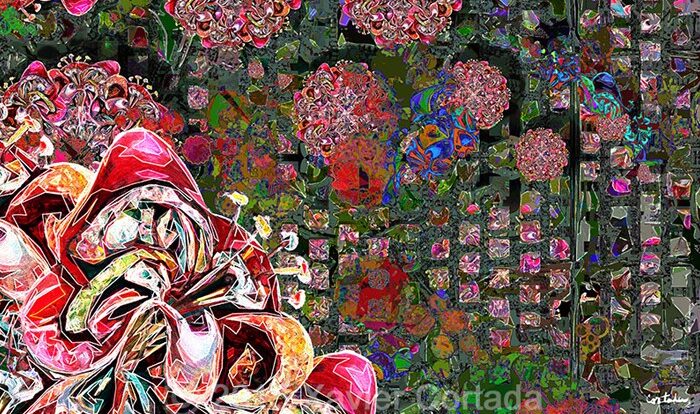
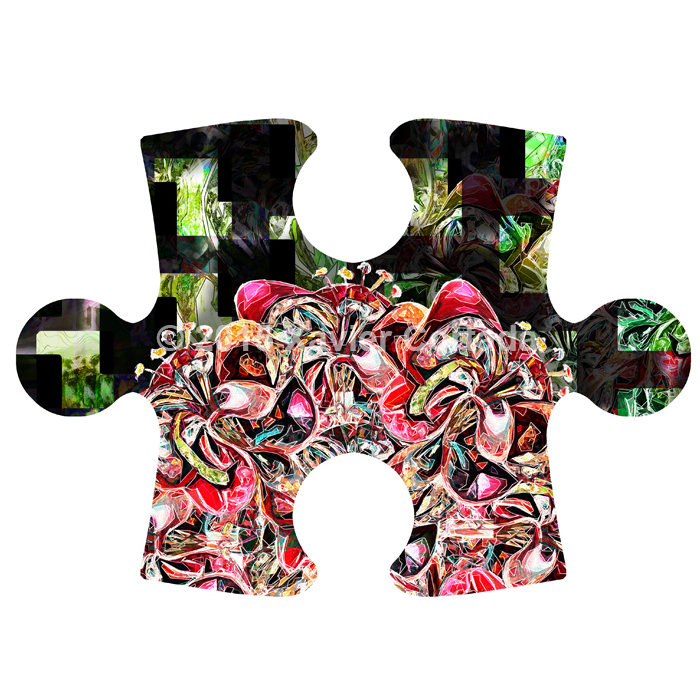
FLORIDA IS… DIATOMS
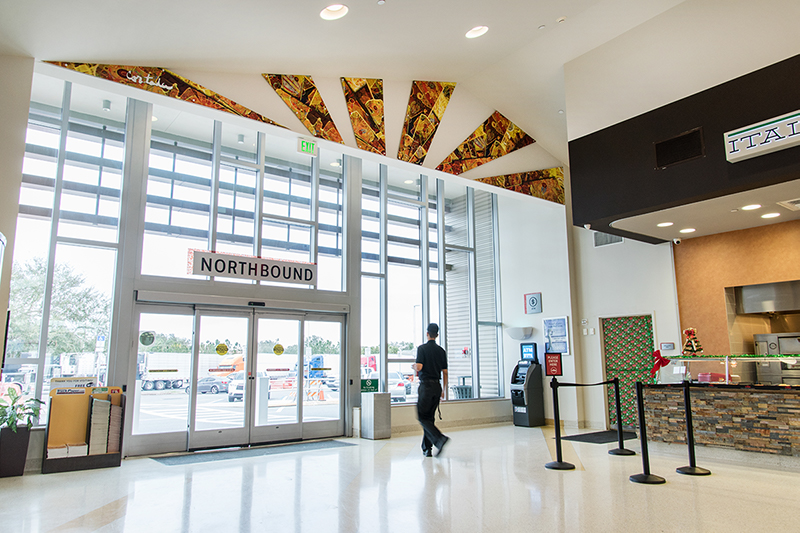
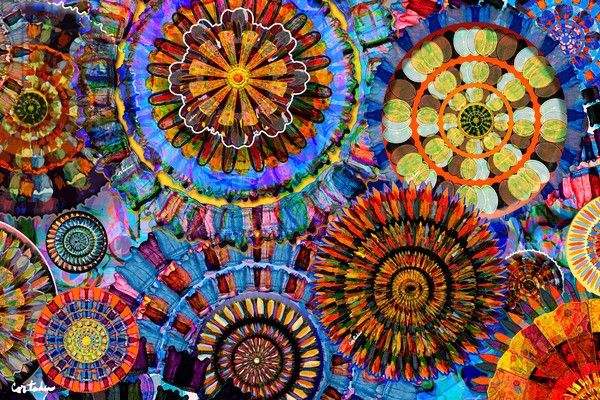
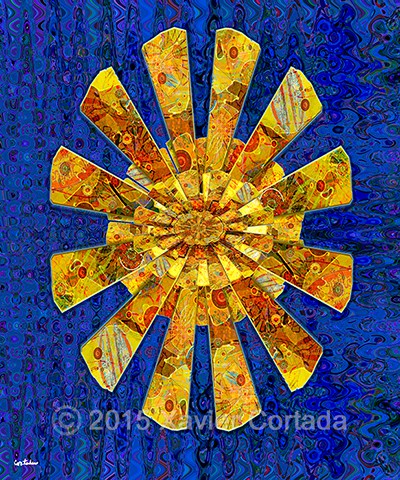
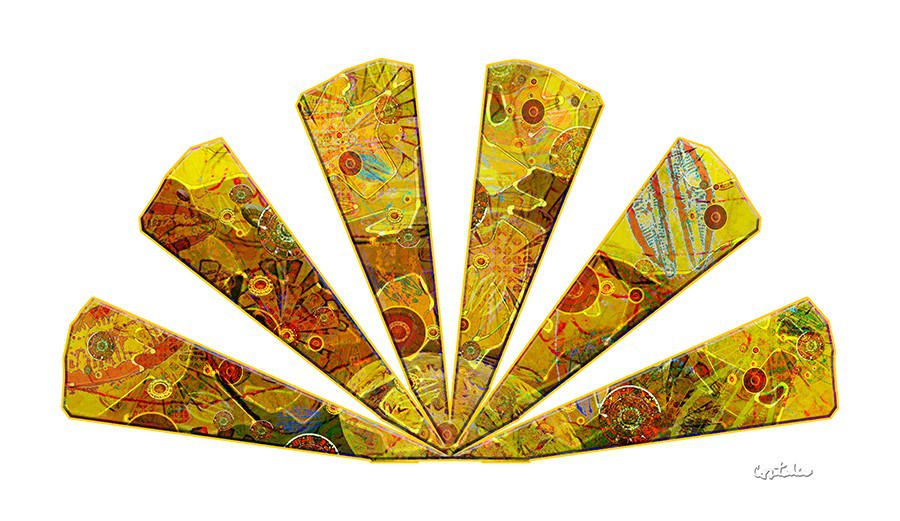
FLORIDA IS… ENDANGERED ANIMALS
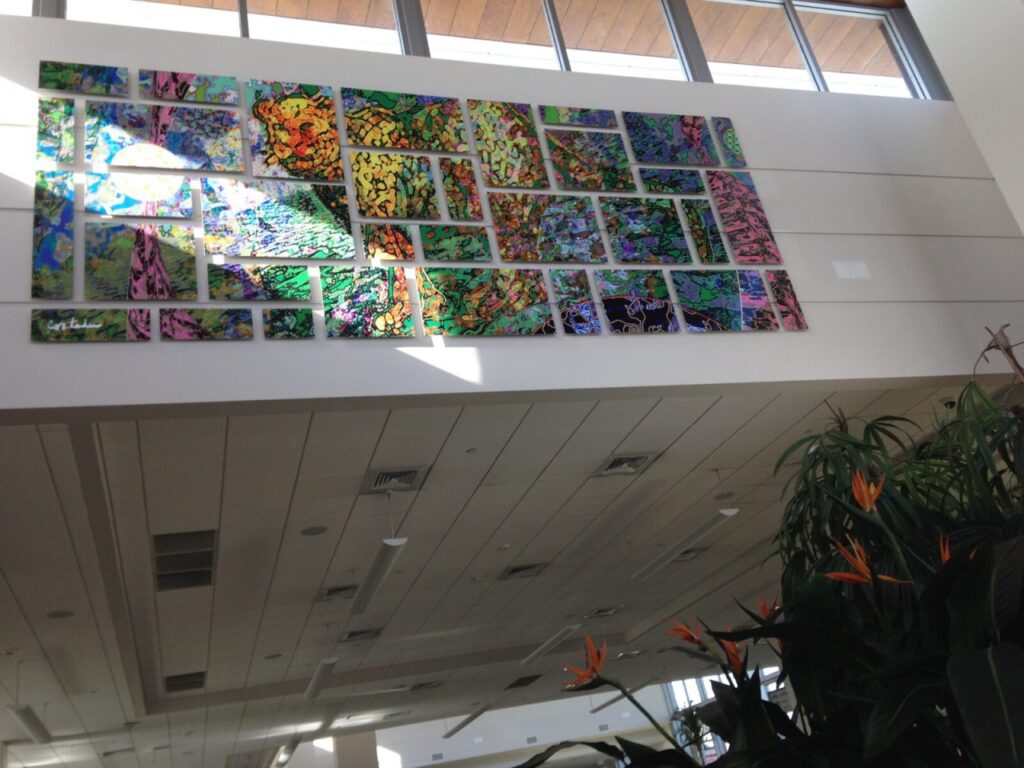
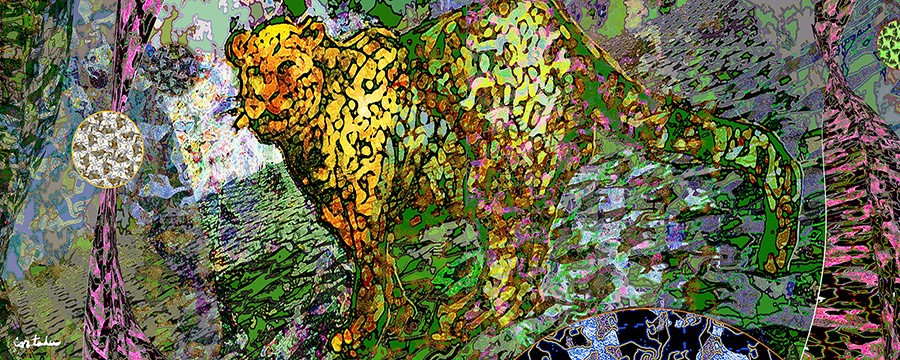

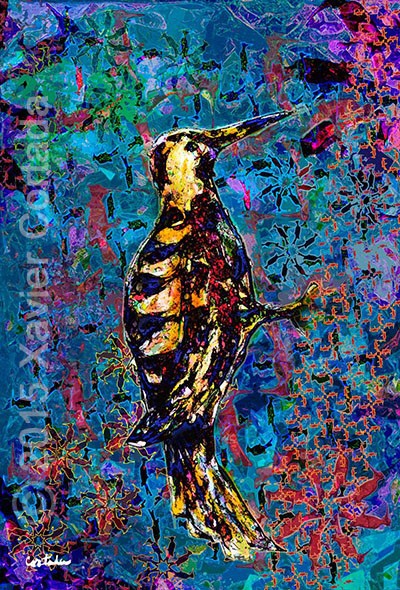
For more information about the project and how you could participate in, you could visit Xavier Cortada’s website.